SnowGhost Sessions: Analog, DSD or PCM?
I was involved in a very unusual weekend of recording and listening at SnowGhost studios in Whitefish, Montana. In case you’ve never heard of Whitefish, it’s tucked up near the Canadian border and is the gateway to the Glacier National Park. It’s beautiful.
The owner and operator of SnowGhost is a quality freak like me and invited some of his friends and a few newbies to come to the studio to listen to, discuss and debate recordings both old and new. I flew in on Thursday and headed to the local ski hill for one of the last days of the season. It was less than ideal (it even rained at the bottom of the mountain), but I enjoyed my last runs of the year.
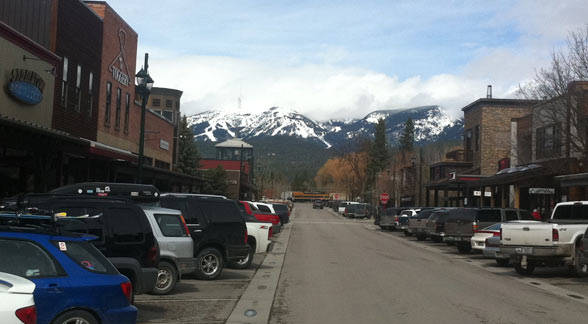
Figure 1 – Downtown Whitefish, Montana with Big Mountain Ski Resort in the background.
At first, I was thinking I wouldn’t attend but the more I learned about Brett Allen and his place, the more I was intrigued. He and has father have built a state-of-the-art studio in their magnificent mountainside home for their own use AND as a commercial “destination studio”. It’s equipped with the best of the best in recording gear, microphones and signal processors. There is a new SSL 9000 Series K and Wilson Sasha Speakers in the control room. Brett’s microphone cabinet and outboard racks of analog and digital signal processors are to die for.
Figure 2 – Brett Allen’s Telefunken 270 stereo mic, the control room with Wilson Sasha speakers and his equipment rack.
The focus of the weekend was to do a recording of Wayne Horvitz’s trio on Saturday evening using three different formats. SnowGhost is rather unique in that they have an analog 2″ multichannel recorder, a 24 track Sonoma DSD system with Meitner converters and a ProTools HD system with Mytek converters…all "best in class" in their respective domains. The chance to record the same microphone feeds into three different formats at the same time hasn’t happened to my knowledge. Here was opportunity to get to the bottom of the debate on analog vs. DSD vs. PCM.
They moved the grand piano out of the studio into the downstairs entertainment area, setup a drum kit and made space for the acoustic bass in between. Everything was miked up and routed to various mic preamps and the inputs of the SSL 9000 48-input console. Brett used a variety of great mikes including Neumanns and Telefunkens (the only 270 stereo Telefunken I’ve ever seen!) in a variety of combinations. Some were close to the instruments and others a little further back. There was also a dedicated spaced stereo pair at the back of the room. Most sources were miked in mono.
Figure 3 – Wayne Horvitz at the piano.
So Wayne his fellow musicians did there thing, which is rather experimental jazz with light textures and lots of rhythmic freedom. The trio played for about an hour without repeating any of the tunes. Following the session we gathered in the SnowGhost “live” room to do some critical listening. This room is equipped with a pair of VTL powered Wilson Alexandria XLF speakers (which have a frequency range of 19.5 Hz to 33 kHz). It doesn’t get much better than this.
Figure 4 – Acoustic Bass and Drums.
Brett routed the same channel outputs from the Studer A827 2″ tape machine, the Sonoma DSD 24 track computer and the ProTools HD system at 96 kHz/24-bits through the same inputs on the SSL console and out to the stereo mains. And we listened.
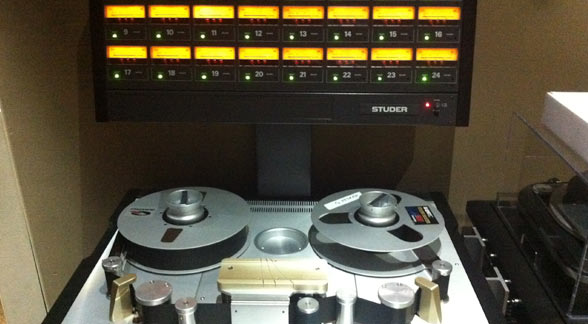
Figure 5 – The SnowGhost A827 2″ Studer Multitrack machine
First up was the analog tape. It sounded very good…warm and smooth. Although, we had to check that everything was working properly because it did sound somewhat colored and covered. Wayne’s tracks have a lot of air or open space in them so there was a noticeable noise floor and high frequency dullness (at least compared to the digital HD formats). The next format was the Sonoma system at DSD 64, which all agreed (including myself) sounded really great. The DSD produced a very clear sound and did sound fairly close to vinyl but with none of the surface noise. Peter McGrath of Wilson Audio and one of the best classical engineers on the planet, was very impressed and grinning during the DSD playback.
Figure 6 – Peter McGarth in the listening room with the Wilson Alexandria XLF speakers.
Brett switched over to the ProTools HD system for the final playback. He has a set of Mytek converters and they were certainly up to the task. The sound of the PCM equaled the DSD and for me, in that space, had the kind of ultrasonic sparkle that I’ve grown used to with my own tracks. The extreme high end opened up making the cymbals and brushes of the drum kit accurate and crisp.
The analog tape was definitely a notch down from the other two…I heard no one express otherwise. And the DSD and PCM were deemed to be pretty much equivalent with some preferring the DSD and others leaning towards the PCM. Of course, we didn’t do a blind test and there were different DACs involved but this was about good as one is likely to get when comparing these formats.
Brett loaded all of the PCM mix files onto my computer and the individual tracks so that I could bring them up here and create a surround mix. I haven’t gotten started with that yet but I did get a chance to look at the mixed files using Audition. Knowing that all DSD files require noise shaping to clear the “audio band” (SONY’s white paper are very careful to focus on the accuracy and dynamic range of the traditional range of human hearing because they admit that just after 22 kHz the is a huge amount of noise present), I wanted to examine the files and see how loud the noise was.
It turns out that Brett had to switch the live 2.0 channel stereo mix that was being recorded on ProTools between the Sonoma DSD multichannel output and the ProTools outputs (something about a delay in the headphones of the performers). A spectragraph of the beginning of that particular track is shown below. It is a dramatic illustration of why experienced designers like John Siau of Benchmark recommend avoiding the format. And it’s why I would never record or release anything using DSD.
Figure 7 – Spectragraph of Wayne Horvitz Trio. The beginning is PCM and then it switches to DSD at the moment the HF noise kicks in.
Both the DSD and the HD PCM sounded great and those assembled listeners were split on which was “better”. However, if the PCM doesn’t have the large amount of ultrasonic noise and can eclipse the dynamic range of DSD, then I have to ask why would anyone advocate for DSD? The original SONY white papers on the DSD and SACD format were all about how much better they were than standard definition compact discs. That was over 10 years ago and perhaps DSD could outperform CDs. But in 2013, High Definition PCM at 96 kHz/24-bits can reach over 130 dB of signal to noise ratio (that’s what the new Benchmark Digital DAC2 can do) AND do it throughout the “audio band” [20-20kHz] and well beyond. If DSD was substantially better in any way than PCM, then it might be worth considering but it just isn’t.
And there’s other real problems. DSD was originally designed for archiving analog masters and not for new production. There are no tools for EQ, level changes or any other processing steps needed in the real world of making records. Brett Allen uses it as a “tape recorder”. The sound from the microphones goes in his SSL 9048 console in the analog domain, gets converted to DSD 64 by his Meitner converters and then is converted back to analog and mixed in the analog domain. The entire process in my studio is digital. Once my ADCs convert the signal to 96 kHz/24-bits, it stays at that specification until the DAC at the consumer’s end converts it back.
There’s something more elegant and simply about my process than multiple conversion passes.
I actually had a SONY engineer say to me one time and this is quite few years ago…he said, ‘we realized after we got a ways down the road that DSD was kind of a mistake but we had too much invested in it’.
Quote from John Siau, Head of R&D at Benchmark Digital makers of DACs with both HD PCM and DSD conversion.
You be the ultimate judge, of course. I’ve placed a couple of samples from the SnowGhost sessions on the RealHD-Audio FTP site. Check them out and then leave a comment about which one you think is PCM and which one is DSD. I’ll write in another post the correct identification.
I would like to thank Brett, Wayne and the rest of the people behind the incredible weekend I spent in Montana. It was a very worthwhile weekend and I’m really glad that I decided to go. I don’t think a comparative recording session like this could happen anywhere else.

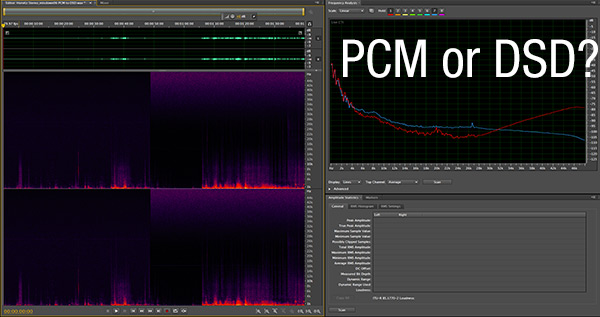
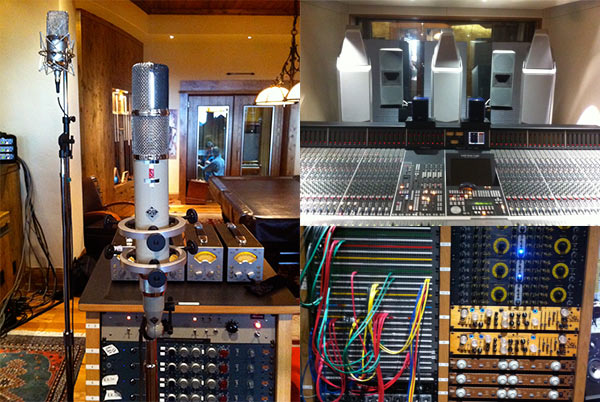
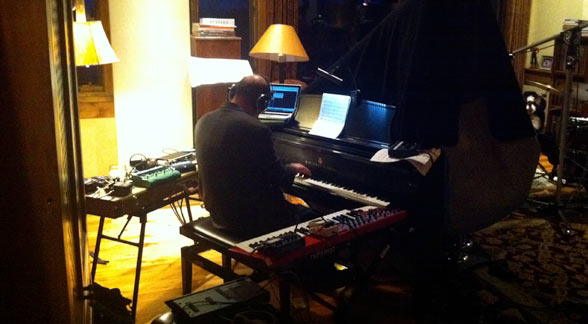
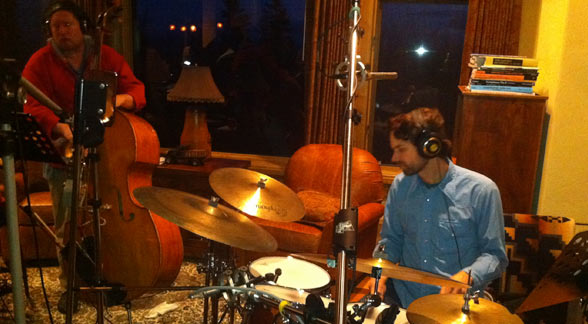
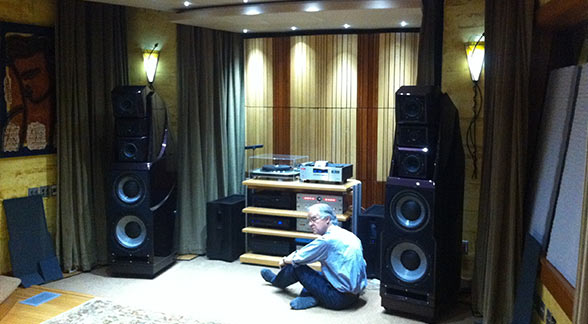
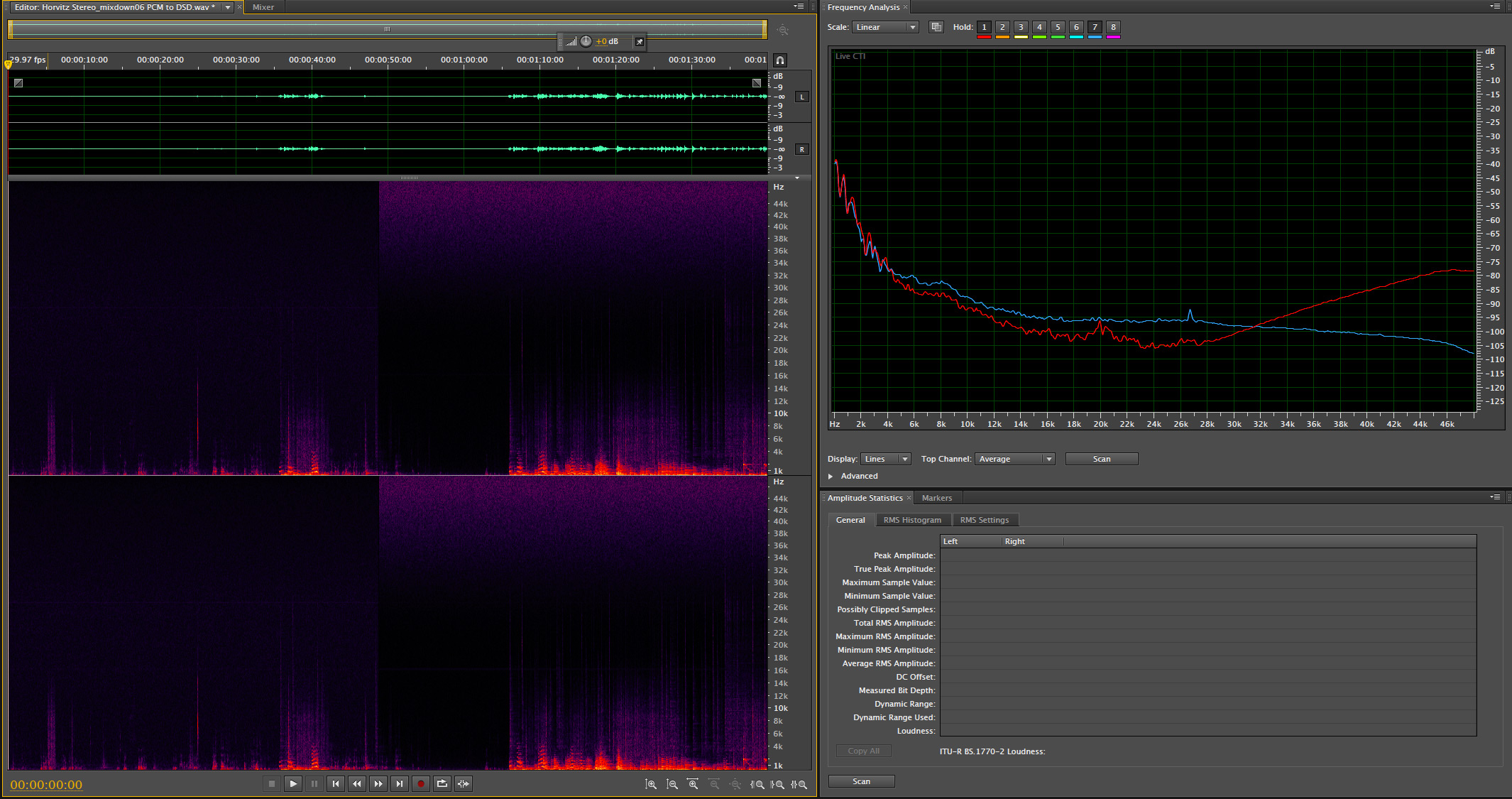
Pingback: Brett and Mark from HD Tracks Listening Back — SnowGhost Music
Pingback: DSD- symposium - Side 11
Pingback: Making the DSD Sausage: Different Recipes | Real HD-Audio